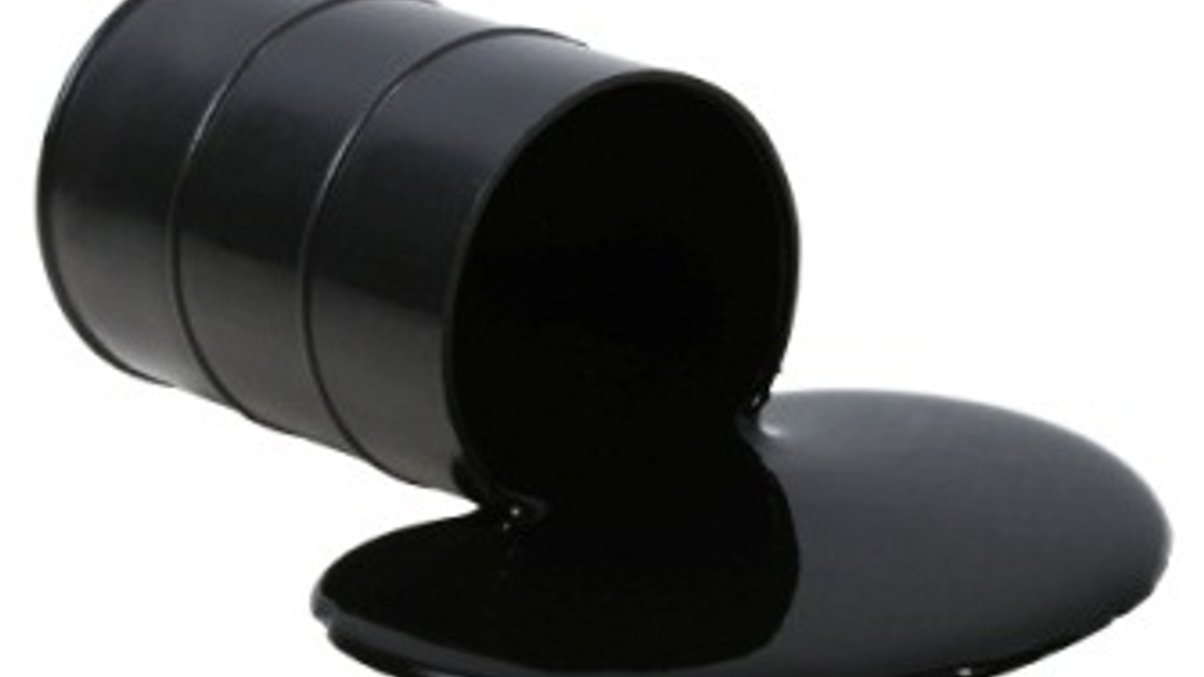Market Views: How to avoid slipping on oil’s plunge
The unprecedented drop of US crude prices to negative levels on April 20 has raised questions on how best to respond. Five experts offer their views.

There's often hyperbole about market events being unprecedented. But the collapse in US crude oil prices to negative levels on Monday (April 20) truly was just that.
Sign In to Your Account
Access Exclusive AsianInvestor Content!
Please sign in to your subscription to unlock full access to our premium AI resources.
Free Registration & 7-Day Trial
Register now to enjoy a 7-day free trial—no registration fees required. Click the link to get started.
Note: This free trial is a one-time offer.
¬ Haymarket Media Limited. All rights reserved.


